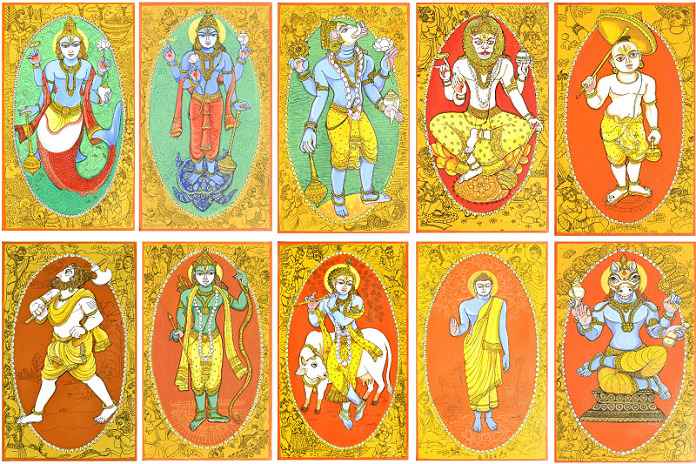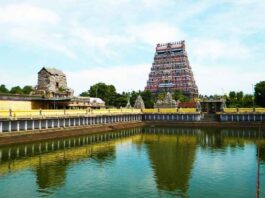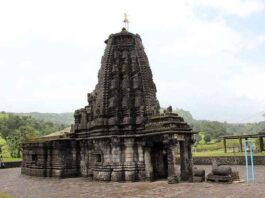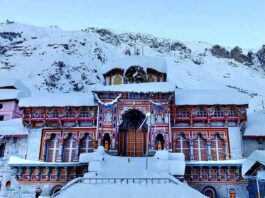Lord Vishnu 10 avatar, a prominent deity in Hinduism, is believed to have ten primary embodiers known as the Dashavatara. These embodiers represent different forms in which Lord Vishnu descended to Earth to restore cosmic order and cover the macrocosm.
10 Avatar of Lord Vishnu
Matsya Avatar(The Fish): In this form, Lord Vishnu appeared as a fish to save humanity and the Vedas during a great flood tide. He guided King Manu’s boat to safety and recaptured the sacred Holy Writ.
Kurma Avatar(The Tortoise): Lord Vishnu took the form of a giant tortoise to support Mount Mandara during the churning of the cosmic ocean( Samudra Manthan), which aimed to gain the quencher of eternity( amrita).
Varaha Avatar(The Boar): Lord Vishnu expressed as a boar to deliver the Earth goddess, Bhudevi, from the demon Hiranyaksha, who had dragged her to the depths of the cosmic ocean.
Narasimha Avatar(The Man-Lion): In this form, Lord Vishnu appeared as a half-man and half-captain to overpower the demon king Hiranyakashipu, who had gained a boon of invincibility.
Vamana Avatar(The Dwarf): Lord Vishnu took the form of a dwarf Brahmin named Vamana to restore balance in the macrocosm by subduing the demon king Bali and reclaiming the three worlds.
Parashurama Avatar(The Warrior with an Axe): Lord Vishnu expressed as Parashurama, a fierce legionnaire, to abolish rough and tyrannical autocrats from the Earth.
Ram Avatar(The Prince of Ayodhya): Lord Vishnu took the form of Lord Rama, the Napoleon of Ayodhya, to master the demon king Ravana and uphold dharma( righteousness).
Krishna Avatar(The Cowherd): Lord Vishnu expressed as Lord Krishna to guide humanity and establish the principles of dharma during the Mahabharata war.
Buddha Avatar(The Enlightened One): Lord Vishnu expressed as Gautama Buddha to spread-non violence and compassion, and to palliate suffering in the world.
Kalki Avatar(The Horse Rider): Lord Vishnu is believed to appear as Kalki in the future, riding a white steed, to restore righteousness and bring an end to the current age of darkness and corruption( Kali Yuga).
These ten incorporations illustrate the conception of godly intervention and the eternal cycle of creation, preservation, and destruction in Hindu cosmology.
Conclusion:
In the Satya or Krita Yuga, the first four incarnations of Lord Vishnu 10 avatar appeared which is also known as the Golden Age. The next three were born during Treta Yuga, the eighth and ninth appeared during Dwapara Yuga, and the tenth Kalki Avatar at the end of Kali Yuga. According to the Bhagavata Mahapurana, whenever there is a victory of evil over good, a victory of darkness over light, and tyranny over justice, Lord Vishnu will incarnate on earth to correct dharma and show people the right path.
Frequently Asked Questions( FAQs)
Q1. What is Dashavatara?
Dashavatara refers to the ten primary embodiers of Lord Vishnu in Hindu tradition.” Dashavatara” is a Sanskrit term where” gusto” means ten, and” Avatara” means manifestation. According to Hindu belief, Lord Vishnu takes colorful forms and incarnates on Earth whenever there’s a decline in righteousness( dharma) and an increase in evil forces to restore balance and cover the macrocosm.
Q2. What are the Ten Incorporations of Lord Vishnu?
The ten incorporations of Lord Vishnu’s 10 avatars, in chronological order, are
Matsya Avatar, Kurma Avatar, Varaha Avatar, Narasimha Avatar, Vamana Avatar, Parashurama Avatar, Rama Avatar, Krishna Avatar, Buddha Avatar, Kalki Avatar
Q3. What is the Significance of Dashavatara?
The conception of Dashavatara emphasizes the belief in reincarnation and the cyclical nature of time and actuality in Hinduism. Each icon symbolizes specific aspects of godly power and represents different assignments and purposes for humanity. The incorporations demonstrate the idea of God’s immanence and how the Divine intervenes in the world when demanded.
Q4. Is there Any Other Incorporation of Lord Vishnu Besides these Ten?
While the Dashavatara is the most well-known list of embodiers, there are several other incorporations of Lord Vishnu mentioned in colorful textbooks and traditions. Some of these fresh incorporations include Mohini( the enchantress form), Hayagriva(the steed-headed form), and Dhanvantari( the croaker form).
Q5. How are the incorporations of Lord Vishnu worshipped?
Each icon of Lord Vishnu has its own significance and is worshipped in different ways. Temple and sanctuaries devoted to specific incorporations can be set up throughout India and other regions where Hinduism is rehearsed. Addicts frequently offer prayers, perform rituals, and recite hymns and mantras to recognize and seek blessings from these godly embodiers. The position of deification and fashionability of each icon may vary grounded on indigenous beliefs and artistic practices.



